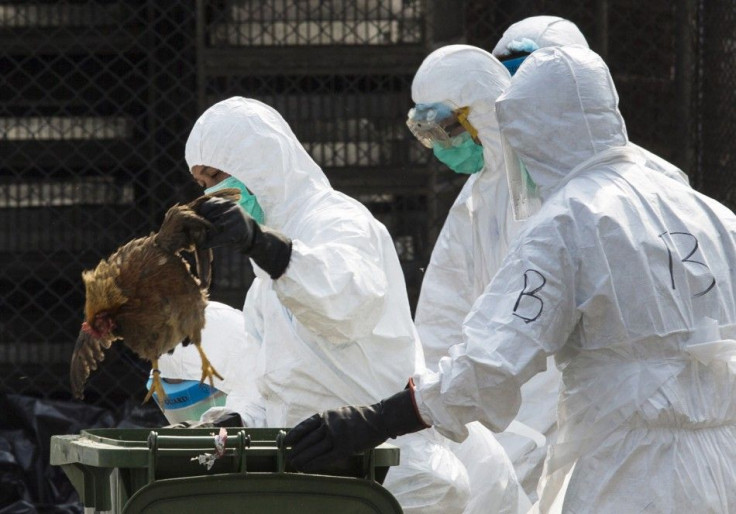UK Chicken Eaters in Bacteria Risk as Hygiene Nosedives in Poultry Industry

Alarmed by reports of high contamination in chicken, leading supermarkets in UK have launched investigations into chicken supplies, reports Guardian. Recent media expose had blown the lid of low hygiene standards among the poultry processors.
The fall in hygiene is hastening the spread of chicken contaminated with deadly campylobacter that is rampant in factories and farms. As a result, Tesco, Sainsbury and Marks & Spencer have launched investigations into sources of their chicken supply.
Bacteria Campylobacter
The concern is that the bacteria campylobacter is heavily present in two-thirds of fresh chicken sold in the UK. Although the bug is believed to get killed during the course of hard cooking, it is estimated that around 3, 00,000 people in the UK are affected, and it takes the life of at least 100 people every year. The contamination rates have increased drastically in the past one decade.
Interestingly, the Food Standards Agency (FSA), after an initial enthusiasm to track down the offenders, retracted from its promise of naming and shaming supermarkets and processors responsible for growing campylobacter rates.
Modern poultry processing
The production line in poultry processing has birds hung upside down on a moving conveyor that passes every stage starting from slaughter, washing, chilling, cutting and packing at very high speeds. Large abattoirs have lines running at the rate of 195 birds per minute or 12,000 in an hour.
Two Culprits
The investigation by Guardian led to the naming of some vendors in the matter of shop flower failings. Poultry processors like 2 Sisters Food Group and Faccenda are on the defensive after the media expose.
The charges included factory floor flooded with chickens guts, carcasses hit by worker boots returned to the production line and even those carcasses with faecal impurities sent for processing.
High-risk materials such as feathers, guts and offal are piled up for hours without disposing them. Water in scald tanks is not cleaned for days together and some 250,000 birds pass through dirty water after slaughter. Bio-security rules are not enforced among workers to stop the spread of campylobacter in chicken sheds.
Media reports say these practices in the production chain are increasing the risk of the deadly bacteria.
Though poultry processors are denying the charge of taking back chickens falling on the floor and putting them back to the production line. They claim that chicken falling on the floor are disposed off as waste.




















